Source: Dawn.com Published in Current Affairs on Thursday, March 12, 2015

The Bhamala Buddhist Archaeological Complex in Pakistan has revealed a wealth of history and treasure dating back 2,000 years. Excavations have recently uncovered more than 500 “terracotta artifacts, stucco sculptures, architectural elements, copper coins, iron nails, door sittings, pottery and 14 coins from the Kushan era,” reports The Express Tribune.
According to The Express Tribune the site is believed to date back 2,000 years, and pending laboratory tests on recent finds, Bhamala might be found to be even older. Newly recovered artifacts, like the clay Buddha heads unearthed at the site, may date back to the 3rd century A.D.
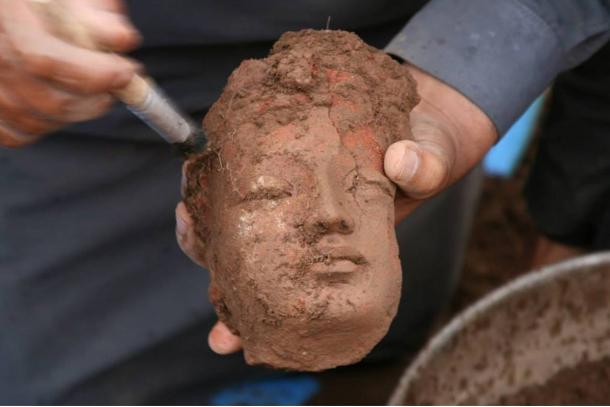
Clay head unearthed at Bhamala, Pakistan. Credit: Archaeological Research and Conservation Program: India and Pakistan
Some of the discoveries have suffered damage due to illegal excavations and looting over the years.
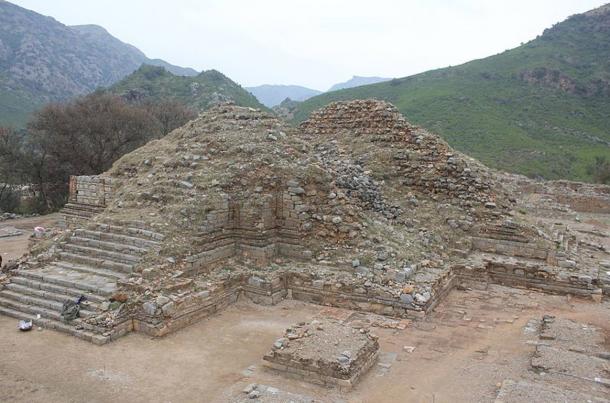
The stupa monument at Bhamala. Stupas are mounded spiritual sites, usually containing Buddhist relics. Muhammad Zahir/Wikimedia Commons
The Bhamala stupa is unique as the largest surviving example of its particular shape in the region. It is described as cross shaped, like an Aztec pyramid, and such constructions have only been seen in Kashmir.
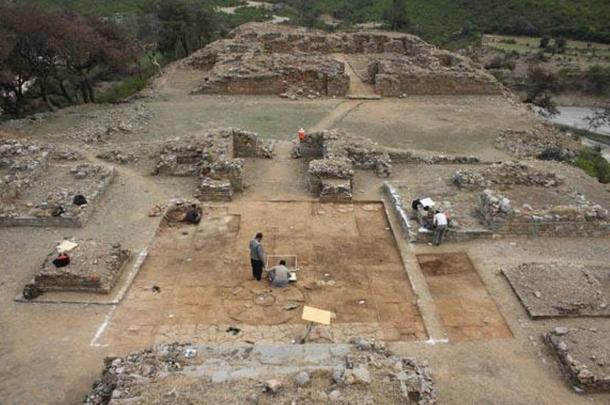
Excavations at Bhamala stupa. Credit: Archaeological Research and Conservation Program: India and Pakistan
Dr. Abdul Samad, director of the Department of Archaeology, Hazara University says of the artifacts, “The most remarkable discovery from Bhamala was the Maha Puri Nirvana (death of Buddha) statue measuring 14 meters in length. It is the largest such example [depicting the death scene] found in the Gandhara civilization.”
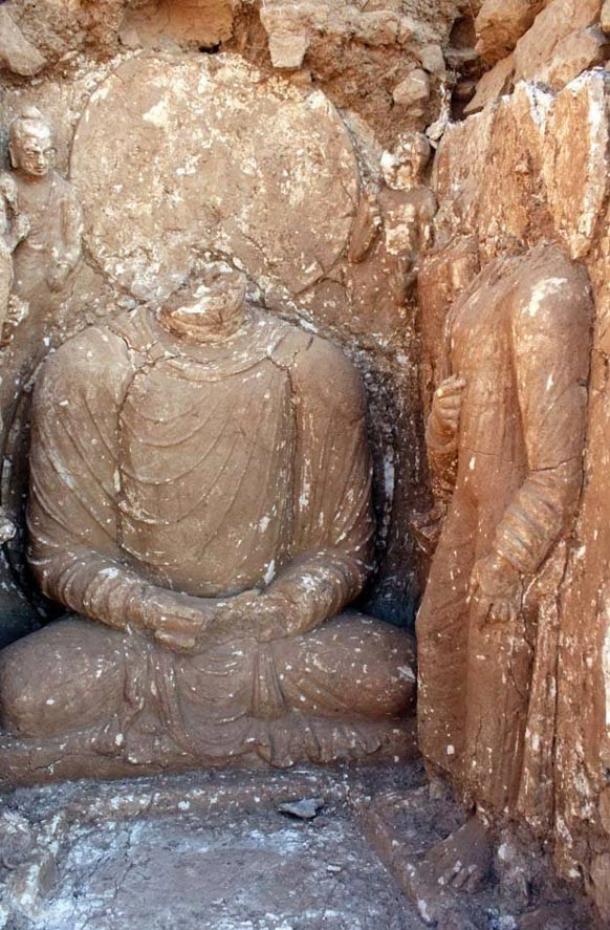
Damaged stucco sculptures of Buddha at Bhamala. Credit: K-P Directorate of Archaeology & Museums
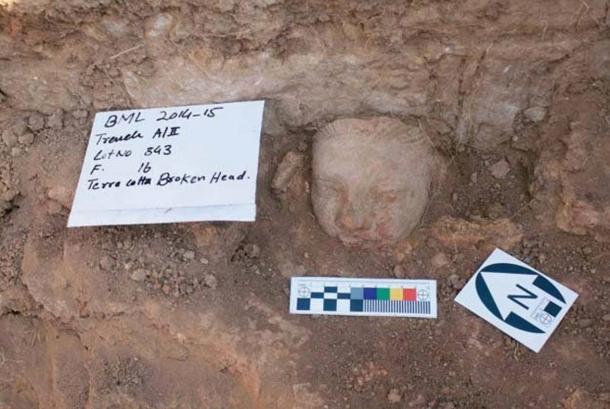
Stucco sculpture of a head, uncovered during excavations at Bhamala. Credit: K-P Directorate of Archaeology & Museums
First excavated by British archaeologist Sir John Marshall in the early 1900’s, the UNESCO World Heritage Nominated Site of Bhamala in Haripur, Pakistan has been undergoing field study since 2013 by the The Archaeological Research and Conservation Program India and Pakistan (ARCPIP).
Marshall revealed a Buddhist Stupa and parts of a monastery, but modern projects using the latest excavation techniques have discovered new artifacts and fresh insights, including evidence of past settlements on site. Researchers can show that Bhamala was used by Buddhists hundreds of years ago. Excavations are reportedly on hold until next year, but it is hoped that further investigations will reveal more of the priceless artifacts and heritage of Pakistan.
Dr. Samad told The Express Tribune last year, “Material found in Bhamala can be used to find answers to the innumerable questions about the change in Buddhist culture, development and contact in this region which have remained unanswered.” Featured Image: Excavation and conservation at the world heritage site of Bhamala, Haripur, Pakistan. Credit: K-P Directorate of Archaeology & Museums
No comments:
Post a Comment